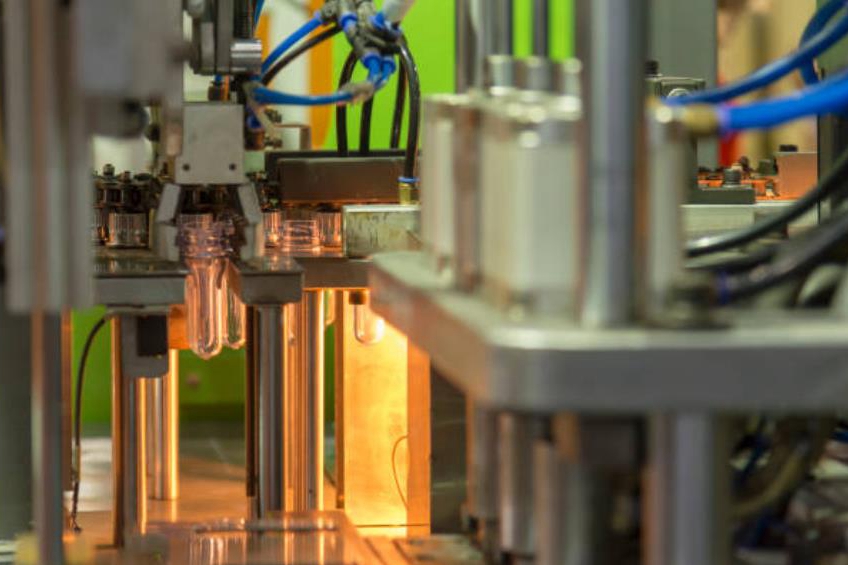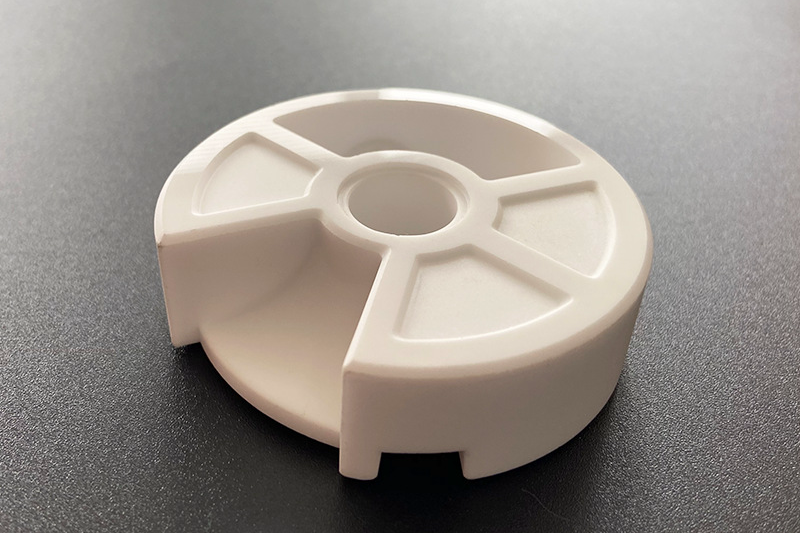How to maintain stable contact resistance after repeated connector mating cycles?
For connectors that will be mated and unmated thousands of times in lighting, telecom, or power tool applications, stable contact resistance depends on the interplay between contact material, surface treatment, geometry, spring force, housing accuracy, and cleanliness. From an engineering perspective, the goal is to maintain a low, predictable resistance while minimizing wear, fretting corrosion, and oxidation. This requires carefully engineered custom metal contacts combined with robust insulating housings manufactured via processes such as injection molding, metal injection molding, and precision finishing of mating interfaces.
Base Material and Contact Geometry
Stable contact resistance starts with the right base material and geometry. Copper-based alloys offer excellent conductivity and are commonly formed through copper alloy precision casting or high-density MIM W-Cu for current-carrying pins and blades. For springs or compliant contacts, stainless and tool steels produced by metal injection molding maintain contact force over time. Contact geometry must ensure sufficient normal force and multiple asperity points without gouging or excessive wear. Multi-point or wiping contacts are effective at breaking thin oxide films during mating, which helps maintain low resistance.
Surface Treatments Against Wear and Corrosion
Even with optimal base materials, unprotected metal surfaces will oxidize and wear, increasing resistance. Engineered surface treatments are therefore essential. Processes such as plating and electroplating allow nickel, tin, silver, or gold layers to be applied to contact areas, improving conductivity and reducing fretting corrosion. For stainless or high-alloy steels used as springs or shells, electropolishing produces a smooth, passive surface that reduces micro-abrasion. In corrosive environments, passivation further stabilizes stainless steel surfaces, helping the contact system maintain stable resistance throughout its service life.
Housing Materials and Mechanical Stability
Connector housings directly influence contact alignment and wear. Dimensional stability and mechanical robustness are crucial to prevent micro-movements that cause fretting. Engineering plastics such as PBT and nylon (PA) processed via plastic injection molding offer good dielectric strength, creep resistance, and heat resistance. To integrate seals, strain reliefs, or soft-touch features, overmolding and insert molding encapsulate metal terminals directly into polymer housings, controlling position and reducing play. This mechanical stability minimizes vibration-induced micro-slips that would otherwise drive contact resistance upward over time.
Precision Manufacturing and Finishing
Manufacturing quality has a direct impact on contact stability. Burrs, sharp edges, and inconsistent plating thickness all accelerate wear. High-precision metal parts can be produced through CNC machining prototyping and then transitioned to volume processes like precision casting or metal injection molding with well-controlled tolerances. Mass finishing processes such as tumbling remove micro-burrs before plating, improving contact surface quality and consistency. Prototype connectors can be iteratively refined with 3D printing prototyping for housings and machined or MIM contacts, then validated through endurance cycling tests that track resistance drift.
Design and Maintenance Guidelines
Select high-conductivity copper alloys or W-Cu for current paths and spring-capable steels for mechanical functions.
Use suitable plating systems and protect them with controlled electroplating parameters to ensure uniform thickness.
Design contact geometry for sufficient normal force and wiping action without excessive wear.
Ensure rigid, dimensionally stable housings via injection molding and, where appropriate, overmolding.
Implement endurance testing on connectors to monitor resistance over thousands of mating cycles and refine design accordingly.



